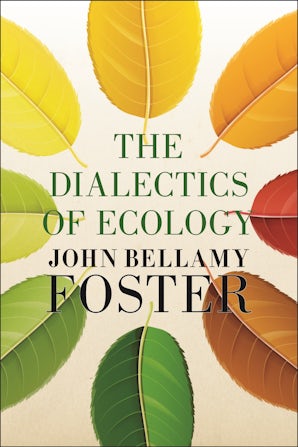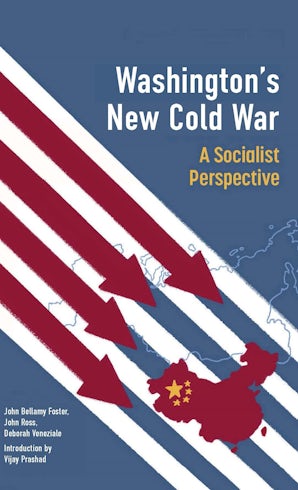Also in this issue
- Neoliberal Capitalism at a Dead End
- The New Imperialist Structure
- Labor-Value Commodity Chains: The Hidden Abode of Global Production
- Imperialism in the Anthropocene
- The Preemptive Counterrevolution and the Rise of the Far Right in Brazil
- Contemporary Challenges for the Working Class and Peasantry in Brazil
- Toward the Formation of a Transnational Alliance of Working and Oppressed Peoples
- A Note on the Communist Manifesto
Books by John Bellamy Foster
Breaking the Bonds of Fate
by John Bellamy Foster
Unequal Exchange
by Arghiri Emmanuel
Notes by Charles Bettelheim
Foreword by Torkil Lauesen
Introduction by John Bellamy Foster and Brett Clark
Albert Einstein’s “Why Socialism?"
by Albert Einstein
Edited by John Bellamy Foster
The Dialectics of Ecology
by John Bellamy Foster
Washington's New Cold War
by Vijay Prashad, John Bellamy Foster, John Ross and Deborah Veneziale
Article by John Bellamy Foster
- Robert W. McChesney (1952–2025): A Personal and Political-Intellectual Memoir
- Eco-Marxism and Prometheus Unbound
- Ecological Marxism in the Anthropocene
- Marx and Communal Society
- ‘Gleichschaltung’ in Nazi Germany
- The Trump Doctrine and the New MAGA Imperialism
- MAGA Ideology and the Trump Regime
- The U.S. Ruling Class and the Trump Regime
- Western Marxism and Imperialism: A Dialogue
- The Necessity of a Universal Project






